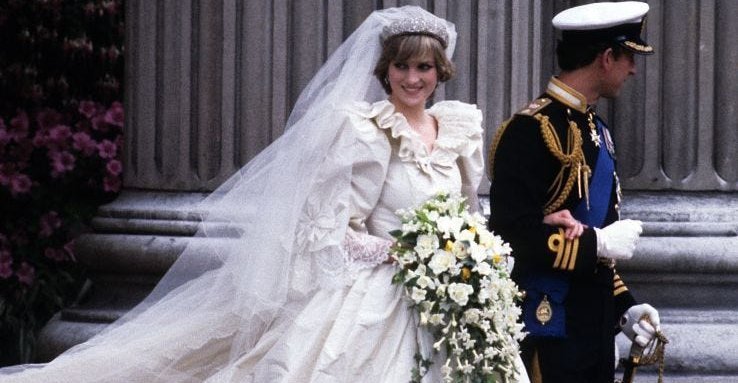A royal wedding dress holds an importance that goes beyond aesthetic qualities; it is an embodiment of history, culture, and numerous alterations as time goes by. It was Queen Victoria who was married in 1840 in a white wedding gown who set the style for brides which has remained unchanged to date. Over the years, the British royal wedding dresses have and continue to dictate what brides should encompass for their big day. Every royal wedding brings with it the dreams of the monarchy, and the dreams of the people as captured in dresses, intricate layers of biography and imagination from Queen Elizabeth II to the Princess of Wales.
The expectations placed on any royal gown is immense since each princess wedding dress is under public scrutiny and is always in the spotlight. Take for example Meghan Markle who wore a veil with stitched Commonwealth flowers whereas Princess Eugenie wore a dress that showcased her scoliosis scars. These dresses have much more meaning which includes beliefs and individuality.
Reflecting the British tradition and with a soft nod to romance, these royal wedding dresses are designed and styled to withstand both time and the camera’s eye. A look at the famous dresses, from Princess Margaret’s chic 1960s cut to vintage Princess Beatrice’s vintage style saying “I do”, provides ideas galore for those hoping to walk down the aisle or inspired by the past.




